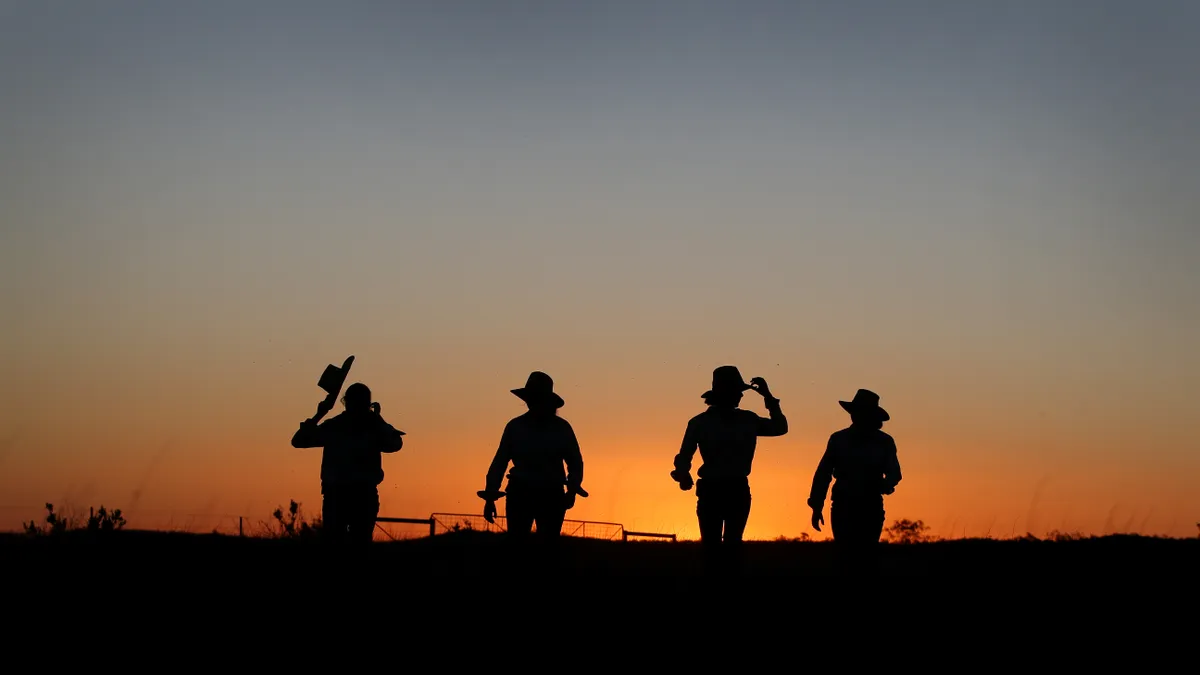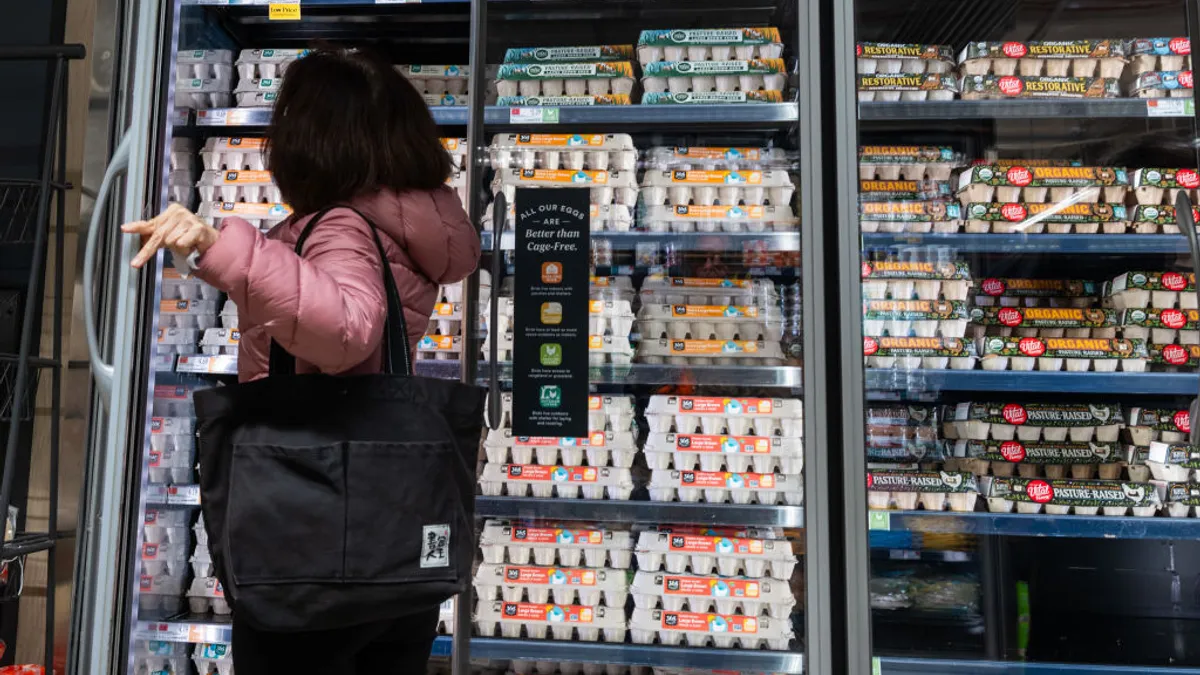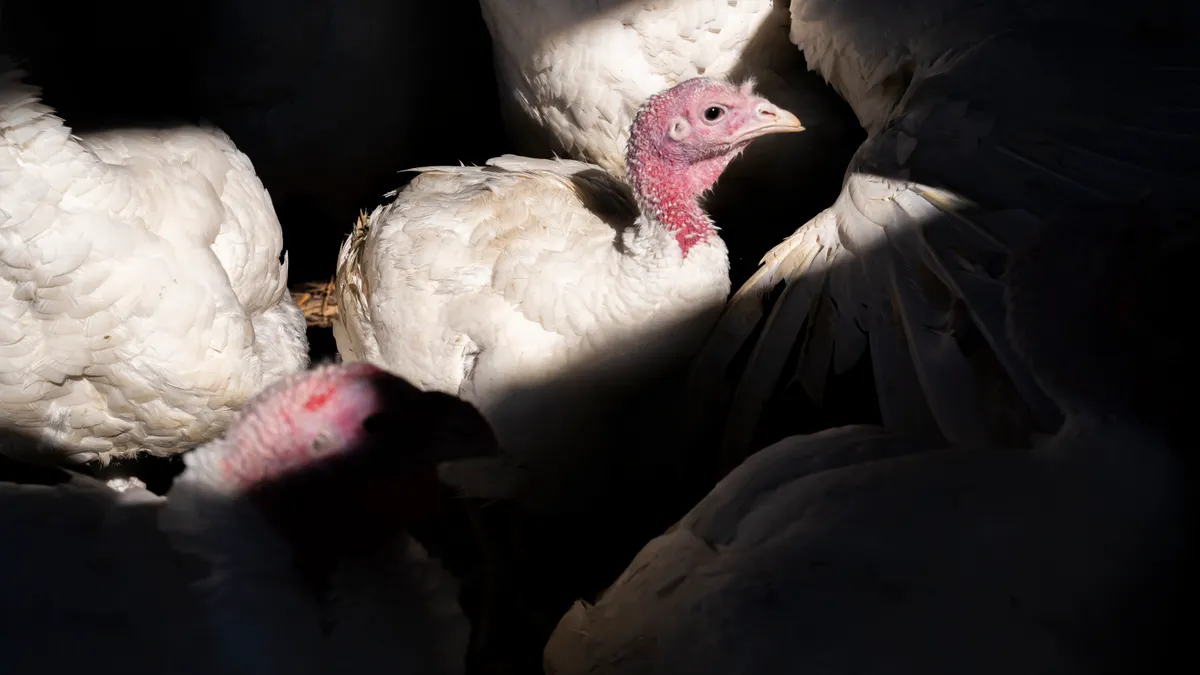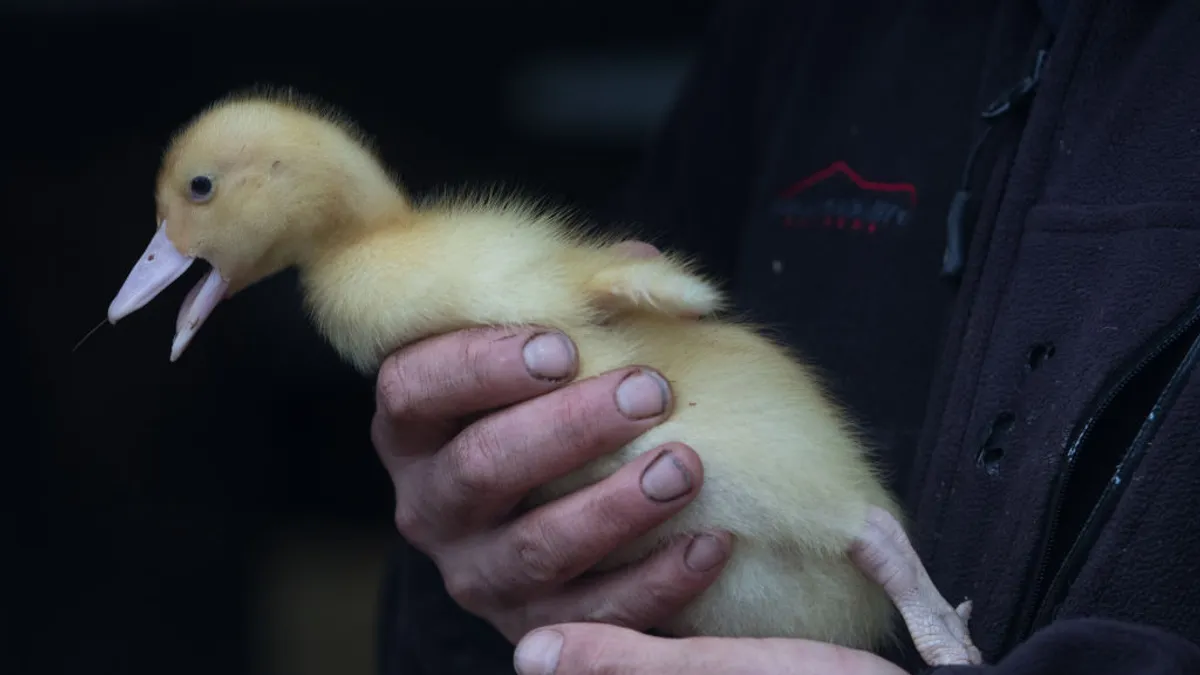Danielle Nierenberg is president of Food Tank; Dr. Harpinder Sandhu is an ecological economist and professor at the Federation University Australia; Dr. Lee Recht and Didier Toubia are VP of sustainability and co-founder and CEO of Aleph Farms, respectively.
As decision makers across the economy work to shift towards climate-friendly operations, they recognize the need to safeguard livelihoods at local, regional, and global levels. The concept of just transition – which centers on building frameworks to protect social and economic well-being amidst these shifts – is becoming more vital.
There is a pressing need for livestock agriculture to adapt – in terms of both responding to climate change that has already taken place and also addressing a status quo that is not supporting most farmers and ranchers, who face rising feed costs, labor shortages and acute market fluctuations. All of these and more cause many farms to fail. In the United States, an astounding 82% of farm household income is now generated off-farm.
Given livestock's impact on climate and biodiversity, farmers and ranchers are in a position to both mitigate and adapt to climate change under a just transition framework. However, no such framework exists for livestock agriculture, which makes up around 12% of global emissions.
As national leaders and industry stakeholders convene on climate change at COP28 in Dubai, they need to do more to build a framework that allows for an equitable transition to more sustainable livestock practices – one that puts farmers and ranchers at the center.
Creating a just transition in livestock
For the most part, the concept of a just transition has focused on the energy sector, which is where the term originated. Within that context, much of the work has been around training workers for new jobs in anticipation of their current roles disappearing.
For some people, it means transitioning from work with crude oil to jobs on wind farms. For others, it means continuing to build car engines, but now, only the kinds intended for electric vehicles.
While the replacement strategy has resulted in government support like good-paying jobs, tax credits and other incentives in the energy sector, it falls short in livestock agriculture.
Livestock agriculture is the largest, most decentralized sector on the planet. It employs more people than any other sector of the global economy, supporting the livelihoods of no fewer than 1.3 billion people worldwide, including farmers, ranchers, feed producers, meat processors, and numerous others. With countless farmers and ranchers working in different regions and under incredibly diverse sets of circumstances, the sheer variability makes replacement untenable at scale.
Additionally, the idea of replacement alienates many farmers and ranchers, who fear that the strategy could be thrust upon them and infringe on their way of life. On top of feeling scrutinized and delegitimized due to livestock’s environmental impact, the resulting apprehension is hindering a just transition in livestock agriculture.
Diversification, not replacement
Replacement should not be the core strategy in the just transition of livestock agriculture, nor does it have to be.
In the energy sector, renewable energy’s success is defined by its capacity to replace conventional energy as much as possible. This is not the case in food production, where diversifying production better enables a more stable supply of nutrition to consumers. For this reason, transformational innovations like cellular agriculture and precision fermentation are best suited to coexist alongside, rather than replace, sustainable livestock agriculture.
Many current sustainable agricultural practices help the climate, further suppressing any purported replacement appeal. For instance, regenerative agriculture, which focuses on nurturing and restoring soil health, helps turn atmospheric carbon dioxide into mineralized soil carbon and makes fertilizer inputs more efficient in terms of product yield. Far from replacing these practices, continuing and amplifying them will be essential.
A Roadmap for Livestock’s Just Transition
Beyond preserving existing sustainable and culturally relevant practices, a just transition in livestock agriculture will require collaboration between innovators and the people who will remain a central fixture of agriculture: farmers and ranchers. Through knowledge sharing and ideation (which are currently not happening), these parties can communicate challenges and identify opportunities for mutual value creation.
Then, joint research can assess technological viability. Funds for research associated with conventional practices and funds for research dealing with food system innovation tend to be siloed. To spur productive joint research, funding frameworks need to expand in a way that incentivizes farmers and innovators to work together. And because of the variability of livestock agriculture, joint research and development will need to be regional for ideas to be evaluated effectively.
Finally, following ideation and joint research, and in line with business models that are economically viable, implementation of specific practices can create value across existing supply chains and ensure social protection and inclusion. This can promote prosperity and empower communities, all while addressing livestock agriculture’s impact on climate and biodiversity.
COP28 must focus on livestock and livelihoods
COP28 is set to highlight the need for a just and inclusive transition, but is only officially planning to do so for the energy sector.
Farmers and ranchers know all too well livestock’s outsized impact on climate change and biodiversity. They also know that many stakeholders are eager to advance food system transformation that helps address the climate crisis. Bearing that in mind, the absence of discourse meant to safeguard farmers and ranchers – the people who form the foundation of global food systems – is alarming.
A just transition in livestock agriculture is urgently needed. With a roadmap that delivers on inclusion of farmers and ranchers, success becomes more likely. Policymakers are indispensable for initiating this inclusive transition, especially by supporting ideation and funding joint research.
It’s time to embrace an agenda that protects farmers and ranchers. It’s time to advance a just transition in livestock agriculture.


















